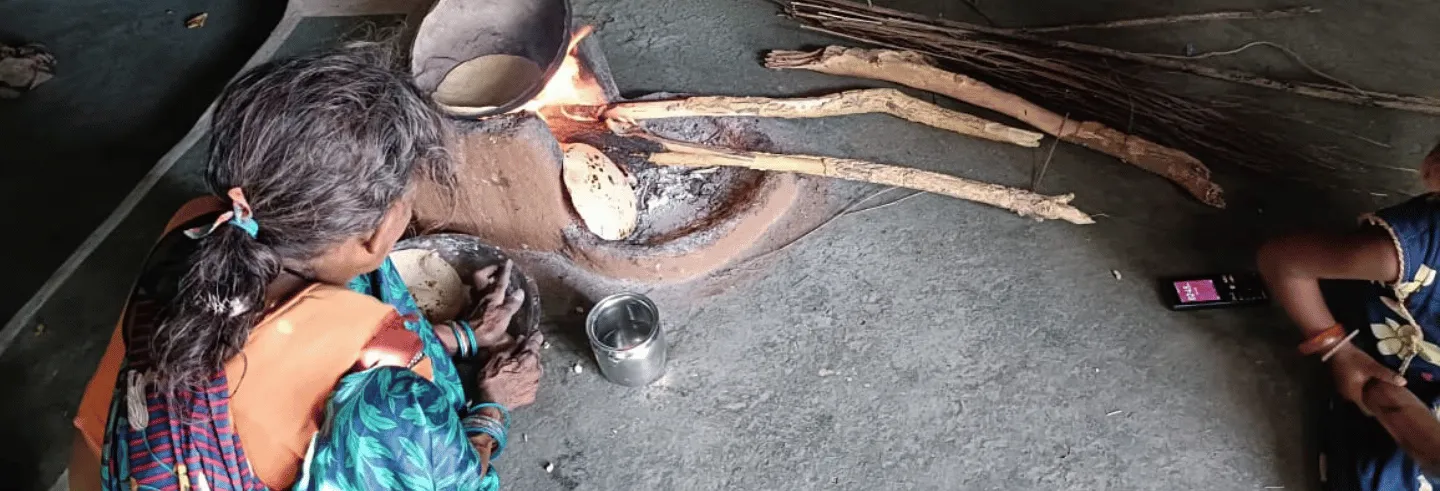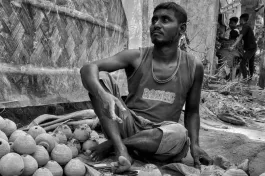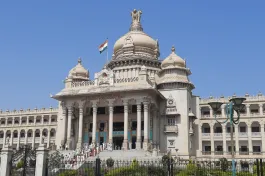India’s remote and rural populations have long been deprived of amenities that are essential. The living conditions of the tribal populations are even worse. A recent study of a scheme meant to boost tribal women’s nutrition gave an important insight into the kind of policy that is better suited for remote populations. The welfare policy learnings of this are largely applicable to any remote population.
Ahaar Anudan Yojana of Madhya Pradesh
Madhya Pradesh has the largest adivasi population of all Indian states—more than 15 million people, according to the 2011 census. That is more than a fifth of the state’s population. Three of the tribes in the state are designated as particularly vulnerable tribal groups or PVTGs—Saharia, Baiga, and Bharia. In addition to the schemes implemented for various disadvantaged populations, an additional one was specifically introduced for these three PVTGs at the end of 2017—the much-publicised Ahaar Anudan Yojana (Food Subsidy Scheme).
District, block, and village functionaries in 14 districts designated as tribal sought out the female heads of these PVTG households and helped them register for the scheme. A sum of Rs. 1,000 was directly deposited every month into the bank accounts of these women. Since 2023, it has been enhanced to Rs 1,500 a month. Budget shortages during Covid-19 caused a brief suspension of payments, but the pending amounts were paid within three months. The money is meant to be used to buy nutritious food for the family.
Survey
The project that our team worked on, funded by the Tribal Welfare Department of the Government of Madhya Pradesh, was to see if beneficiaries were doing better nutritionally than non-beneficiaries. A team of 12 university students was trained to gather data on the nutritional intake of women aged 15 or above. The survey covered all three tribes across six districts.
The government must admit that cash transfers cannot replace its key responsibility, which is to provide public goods and services.
The data gathered for a total of 744 beneficiary and non-beneficiary women was based on the 24-hour dietary recall method. We used spoons, bowls, and glasses of various sizes to gather information on the volume of ingredients used for preparing various items of food and the volume consumed by each woman in the previous 24 hours. We then computed the amounts of each of the 24 macronutrients, vitamins, and minerals consumed by each of these women to arrive at a complete nutritional profile.
In our treatment-control model, the treatment group women were chosen from among the tribal districts where the scheme was implemented. The control group women were chosen from the same tribe as in the treatment group, but from a neighbouring district not classified as tribal and therefore not receiving money under this scheme. One such district pair was chosen for each of the three tribes—Guna and Vidisha in the north for the Saharia tribe, Narsinghpur and Chhindwara in the south for the Bharia tribe, and Sidhi and Shahdol in the east for the Baiga tribe. Guna, Chhindwara, and Shahdol were the treatment districts and the other three served as control districts.
Blocks within each district were chosen so that they were all along the border between the treatment and control districts, thus ensuring minimal cultural and environmental differences between beneficiary and non-beneficiary families. This gave us more confidence about our computed treatment effect.
Findings
We found that the beneficiaries were on average consuming 15.5% more vitamins and minerals and 17.8% more macronutrients than non-beneficiaries. This amounted to 100-200 grams more per day per woman of an item of food (about one serving) depending on the specific nutrient we looked at—a result that may be considered as a success. Yet we were sure that this was not all.
During our field work, we observed several deprivations faced by these populations, which we were certain influenced nutrition intake. Some of these were the lack of access to roads; distant sources of water, often of a poor quality; lack of electricity and clean cooking fuel; non-existent or inadequate services from anganwadis; and inaccessible health facilities.
Along the spectrum of access to public goods, families which had better access were able to benefit more from the scheme than those who had relatively poor access.
A close look at the nutritional intake of families with differing levels of access to public goods and services such as roads, hospitals, electricity, water, and ration shops revealed an important aspect of the efficacy of the unconditional cash transfer scheme. Along the spectrum of access to public goods, families which had better access were able to benefit more from the scheme than those who had relatively poor access. These families were consuming on average 25% more macronutrients, 30.6% more vitamins, and 20.1% more minerals than families with poor access to public goods and no scheme funds. In terms of actual food portions, these were considerable results—approximately the equivalent of two extra portions of an item of food per day per woman, depending on the specific nutrient we choose.
A graphical illustration of the relation between public goods access and nutrient intake is shown in Figure 1—for one representative macronutrient (protein), one vitamin (B1), and for one mineral (iron). The data speak volumes.
Figure 1: Representative Macronutrient, Vitamin and Mineral Scatter Plots Showing the Relation between Nutrient Intake and Access to Public Goods for Control and Treatment Groups
Panel A: Protein
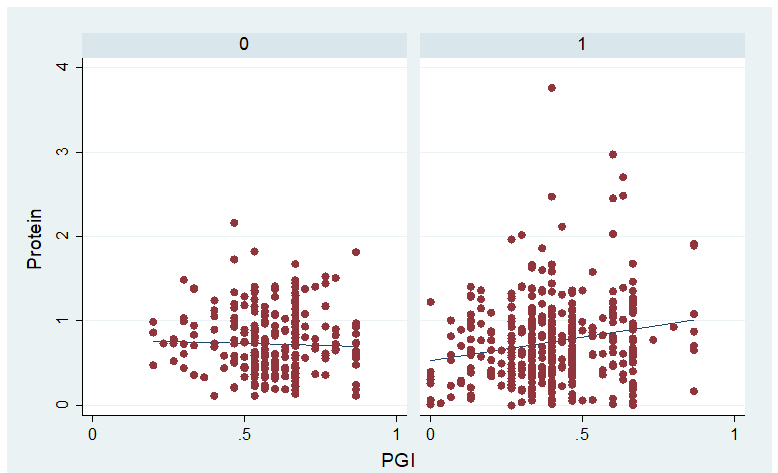
Panel B: Vitamin B1
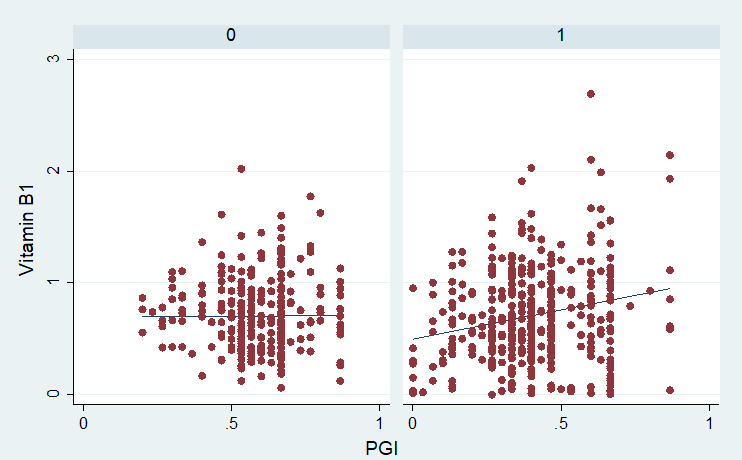
Panel C: Iron
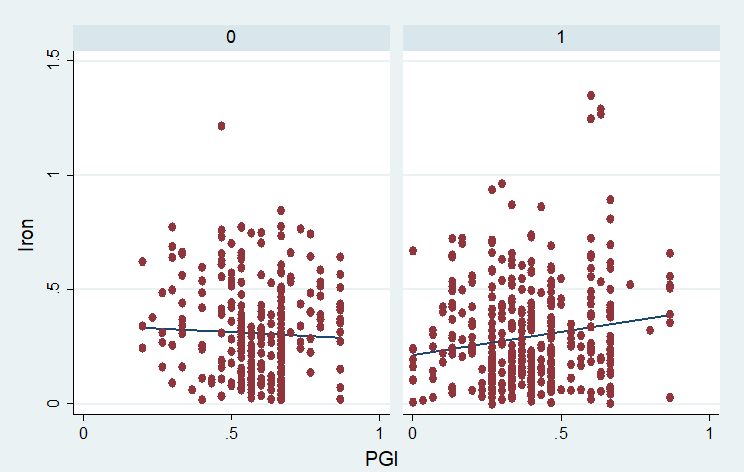
Notes: In each of these illustrations, the X axis measures the public goods index computed as the average of five variables—piped water connection, electricity connection, LPG use, time taken to reach the nearest government health facility, and time taken to reach the nearest ration shop. This value is normalised to one. Lower values indicate poor access and higher values to better access to these public services.
The Y axis in each case measures the nutrition ratio for each of these nutrients—that is the amount of that nutrient consumed by the respondent in the past 24 hours as a ratio of the recommended amount of that nutrient. A value of less than 1 indicates that a woman is getting less of the nutrient than is recommended.
In each illustration, the left panel shows the scatter plot for the control group and the right panel for the treatment group. The line of best fit through each scatter shows a positive association between public goods access and nutrition ratio for the treatment group, but there is no perceptible relation for the control group. This indicates that the scheme is able to enhance nutrition for those who have relatively good access to public services but does not benefit those who have poor access to public services. The unconditional cash transfer scheme and public goods are complementary to each other.
Conclusions
The funds coming to a family through these unconditional cash transfer schemes, in this case for nutrition, may be diverted to other uses that public goods and services can satisfy. If a road is unusable during the rains, or if a health facility is too far away, the family is likely to spend resources (money, but also time and personal effort) on meeting its more urgent requirements. If the public goods had been available, the scheme money could be used for nutritious food. A cash transfer, unconditional though it may be, is not a substitute for roads, hospitals, water, electricity, and clean fuels from the policy perspective—they must be seen as complementary.
From the perspective of the family decision-making unit, money is fungible and will flow towards the most urgent requirements—getting a sick child to a hospital by paying a neighbour for use of their tractor or motorcycle, or getting to the village market on foot to sell local produce, or walking an hour or more to fetch water to drink.
This is an important policy result for any welfare state. Unconditional cash transfer schemes have done good in India—families have benefited from the freedom to spend according to their circumstances. This respects their personal choices, but the results of these personal choices can amount to more if public goods are available. The government must admit that cash transfers cannot replace its key responsibility, which is to provide public goods and services.
Acknowledgement: This research was conducted at Dr. B.R. Ambedkar School of Economics University, Bengaluru. The author is thankful to N. R. Bhanumurthy for the chance to work on this project and guidance She is deeply thankful for the work of her team members—Rajesh B., Sumirtha Gandhi, and Anupama Nair—and several of her students.
Sheetal Bharat is Associate Professor at Vidyashilp University, Bengaluru. The views expressed here are personal.

